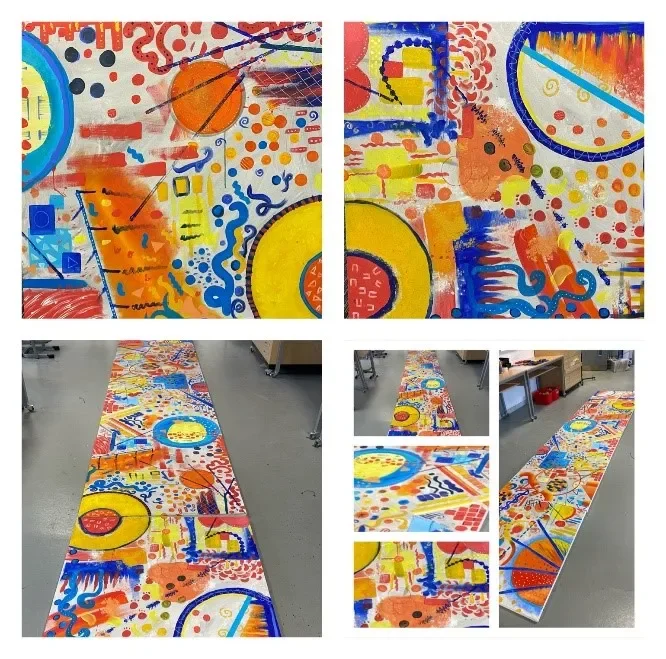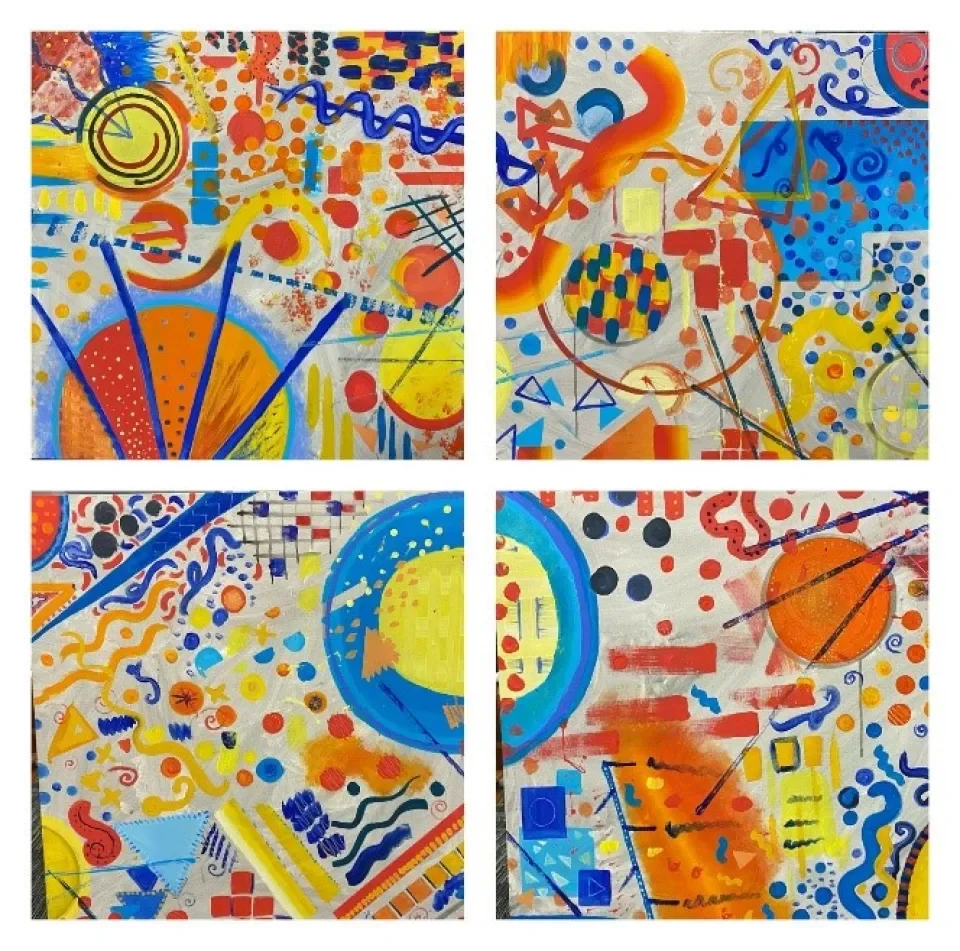

Self-study research investigating possibilities and pitfalls of arts integration - Dr. Michael Flannery
Developing an arts-rich practice in teacher education is an ongoing process that can be sustained with ongoing professional development. Research indicates that professional learning communities (PLCs) have considerable potential for continuing professional development as they foster collaborative learning among colleagues. Informed by theories concerning continuing professional development, interdisciplinarity and self-study research, this collaborative cross-border and cross-institutional research explored the opportunities of integrated arts (cross-curricular learning within the arts alone) in preservice teacher education from a teacher educator professional development perspective. Teacher educators/ researchers involved in the study included Dr. Michael Flannery (Visual arts) from the School of Arts Education and Movement, Dublin City University, Dr. Mary Nugent (Music) from Marino Institute of Education, Dr. Frances Burgess (Music) from St Mary’s University College, and Denise Elliot (Art and Design) from Stranmillis University College.
The motivation to explore integrated arts (IA) in preservice education was grounded in shared concerns about poorly implemented arts integration, the more integrative nature of the new Draft Primary Curriculum Framework (NCCA), some teachers’ low self-efficacy in teaching the arts and missed opportunities to embrace performance-based assessment in the classroom. Adopting a self-study in teacher education practices (S-STEP) design, the study examined first hand experiences of IA experiences, practices and programme components in teacher education with the aim of illuminating its possibilities, challenges and resolutions. Research methods comprised thematic analysis of transcribed online meetings and related course materials using Gibbs Reflective cycle and Brookfield’s four lenses of critical reflection.
Findings provide very encouraging first-hand perspectives on the value of IA for student teachers and teacher educators alike. They culminated in key meta-themes concerning the unique learning in IA, resolutions to issues that arose, best methods and teacher educator professional development attributed to IA. The study found that integrating the arts in teacher education lent itself to reflection on, and development of one’s discrete arts education practice, conceptual reciprocity between music and visual arts with respect to the arts elements, pedagogical skills exchange and co-planning opportunities and innovation. The resultant report which has been submitted to SCoTENs makes some key recommendations.
It recommends that IA adopt a double-focussed manner, whereby discrete time is ring-fenced for the discrete teaching of the arts involved in addition to the integrated experiences. IA ought to be book-ended with theory and evaluation, and reflection should thread the experience so that student teachers have the opportunity to self-examine their emerging classroom practice in light of that knowledge and reflection. IA should culminate in a “performance of understanding” that illustrates the benefits of arts performance-based assessment and be open to utilise digital and analogue technologies from process to performance and preservation. While IA can explore a construct from a topic in another curriculum area, it should be unapologetically arts-led, arts-rich and arts-based and any cross-curricular connections with another discipline should not subsume the arts.

Frozen symphony: A collaborative mural inspired by movement, musicality and Kandinsky’s compositions by BEd4 students studying Creative Teaching and Subject Leadership in visual arts
This research project was funded by the Standing Conference on Teacher Education, North and South (SCoTENS). This network comprises colleges of education, university education departments, teaching councils, curriculum councils, education trade unions and education centres on the island of Ireland with a responsibility for and interest in teacher education (scotens.org).
Final report entitled PAINT: Self-study Research Investigating Possibilities and Pitfalls of Arts INTegration has been submitted to SCoTENS
